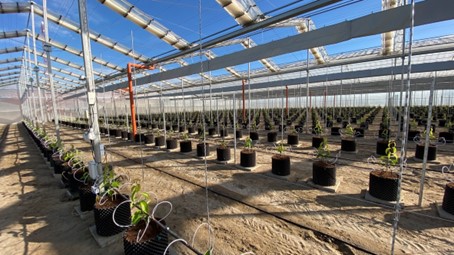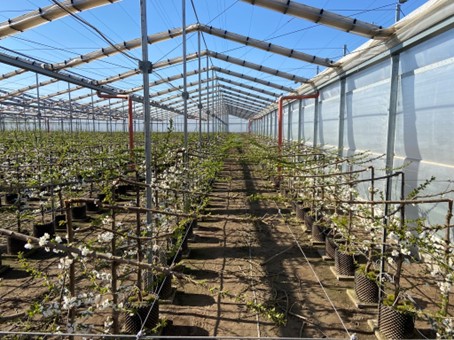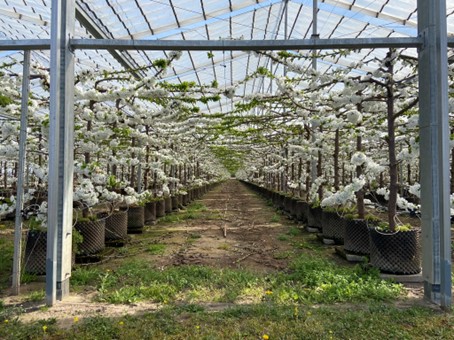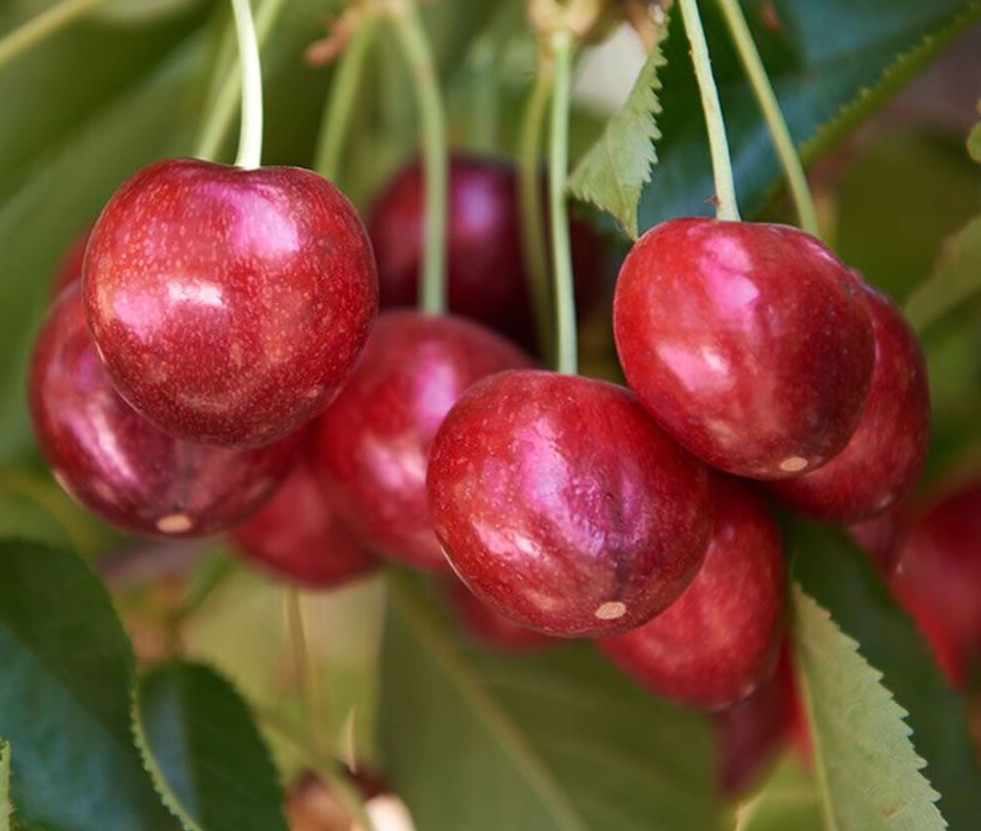Also as part of the multidisciplinary FAR Mission Oriented project 'Product and process innovations in the sour cherry supply chain: an integrated approach for the valorisation of a typical Modenese production' (co-ordinated by Prof. Fabio Licciardello), financed by the CRMO Foundation, this group of the UNIMORE Department of Life Sciences evaluated the activity of extracts of Prunus cerasus (Amarena, Rio variety), enriched in anthocyanins (ARE).
It has been proposed that sour cherries may exert several potentially beneficial effects on health, protecting against oxidative stress and reducing inflammation. The neuroprotective potential of the extracts was evaluated using the toxicity induced by the neurotoxin Rotenone (ROT) in a cellular model of Parkinson's disease (PD).
For this purpose, human-derived brain cells were used: microglial cells, which are deputed to the defence of the central nervous system, and cells with a neuronal profile, which were treated with Rotenone and subsequently with different concentrations of extracts from untreated Rio sour cherries or after treatment with high hydrostatic pressure (HPP) at different storage times.
Viability and oxidative stress tests were carried out, assessing the production of reactive oxygen species (ROS) in both cell types: co-administration of neurotoxin and extract returned both parameters to values significantly different from those induced by the toxin alone.
The different extracts were also evaluated on an animal model of Parkinson's disease, using the fruit fly Drosophila melanogaster (widely used as a non-vertebrate animal model, not to be confused with Drosophila suzukii, the 'enemy' of small fruits), and Rotenone, also effective in animal models.
Rotenone induces a decrease in drosophila locomotor activity that is partially recovered by co-administration of Rotenone and extract (ARE). Preliminary experiments on the variation of ROS levels in drosophila heads also showed a parallel trend to that obtained in the behavioural test.

Experiments on extracts of sour cherries treated with HPP and kept at different storage times seem to indicate a correlation between the content of total anthocyanins, decreasing over time, and the ability to induce biological actions in both models (cellular and animal).
Indeed, there is a recovery of the toxic effect in our Parkinson's models by extracts of samples stored for two months, indicative of their antioxidant capacity related to anthocyanin content. Those stored for up to six months did not significantly reduce Rotenone toxicity, in relation to a reduced total anthocyanin content (decreased to one third compared to fresh sour cherries).
In conclusion, our results may contribute to the valorisation of sour cherries, fresh and preserved, and to the definition of a nutraceutical use of their derivatives in the prevention of neurodegenerative diseases.
Source: Sara Polimeno, "Effetti neuroprotettivi di estreatti di amarena (Prunus Cerasus L.) in modelli in vitro e in vivo di neurodegenerazione", 2022
The aforementioned research was the winner of a prize for "Master's Degree Thesis on alternative research methodologies to the use of animals - DGR250/2022", announced by the Emilia-Romagna Region.
Giovanni Vitale
Dipartimento Scienze della Vita - Università degli Studi di Modena e Reggio Emilia (IT)
Cherry Times - All rights reserved














